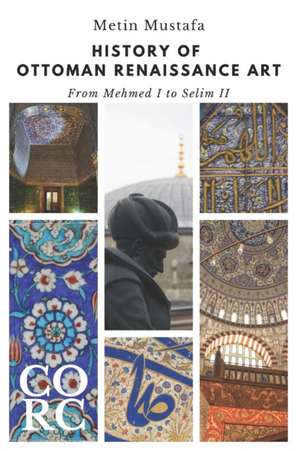History of Ottoman Renaissance Art
Autor Metin Mustafaen Limba Engleză Paperback – 16 sep 2020
Preț: 446.40 lei
Nou
Puncte Express: 670
Preț estimativ în valută:
85.41€ • 89.19$ • 70.54£
85.41€ • 89.19$ • 70.54£
Carte disponibilă
Livrare economică 25 martie-08 aprilie
Preluare comenzi: 021 569.72.76
Specificații
ISBN-13: 9780646827391
ISBN-10: 0646827391
Pagini: 338
Dimensiuni: 152 x 229 x 22 mm
Greutate: 0.63 kg
Editura: Touchladybirdlucky Studios
ISBN-10: 0646827391
Pagini: 338
Dimensiuni: 152 x 229 x 22 mm
Greutate: 0.63 kg
Editura: Touchladybirdlucky Studios
